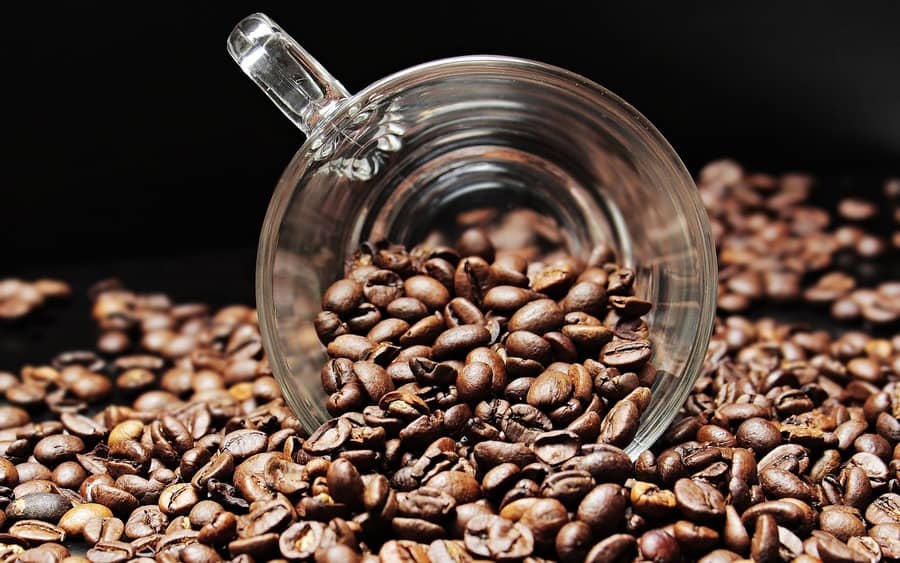The rise in coffee made arabica surpass the 200-cent line on ICE US, which had not happened since the trading session on December 19. At the day’s high it reached 207 cents, the highest level in a year and a half. Arabica in NY has been driven upward by the rally in robusta. However, this closer correlation between arabica and robusta became stronger at the end of March and more pronounced at the beginning of April. The arbitrage between NY/London fell to 30 cents, which confirms the appreciation of robusta against arabica.
Robusta traded on ICE Europe is supported by limited physical availability in Vietnam, logistical problems on the Asia-Europe route, and the difficulty of trading companies in closing lots of Asian origin. The volume still uncovered by Vietnamese exporters is between 1.5 and 2.0 mln bags, which is why speculation is growing around washout, which threatens supply and ends up being reflected in London.
The current dry climate and high temperatures are not favorable for blossoming in Vietnam. The forecast is that predominantly dry weather will remain for the next 1 to 7 days, with moisture increasing slightly between April 10 and 16. Thus, concern continues about a possible shortage of water for irrigation, which could harm coffee production for the next season. The blossoming period in Vietnam lasts until mid-May. The end of El Nino and the transition to a period of climate neutrality tends to improve water conditions in Southeast Asia, as is already happening in Indonesia. In this sense, there is still time to reverse this situation. However, every week without rain the window for blossoming becomes smaller.
This all indeed sounds like rehashed news. The fact is that the feeling of scarcity of robusta coffee still prevails in the market, which guarantees support for prices. A break in this sentiment and a possible change in price behavior would come with signs of improved supply, with the arrival of new coffee on the market and the return of rain in Vietnam. Indonesia’s 24/25 crop should begin to gain more visibility in the market at the end of April and in May. The conillon harvest in Brazil gains more strength from May.
The start of work with conillon in Brazil raises some concern, with signs of lower-than-expected productivity. Reflection of the dry period at the end of last year, especially in Espírito Santo, the main conillon-growing state in Brazil. The high moisture at the beginning of 2024 caused pests to grow, reinforcing production pessimism. Heavy rain also raises concern among arabica growers in Minas Gerais due to the loss of fruit.
The beginning of the crop often brings an inaccurate signal, so it is better to wait for the work to go on a little longer to get a better idea of potential losses. In any case, a movement toward cutting the projections for canephora (conillon/robusta) production in Brazil is already observed. It is worth remembering that Brazilian conillon appears as an alternative to the Asian robusta.

